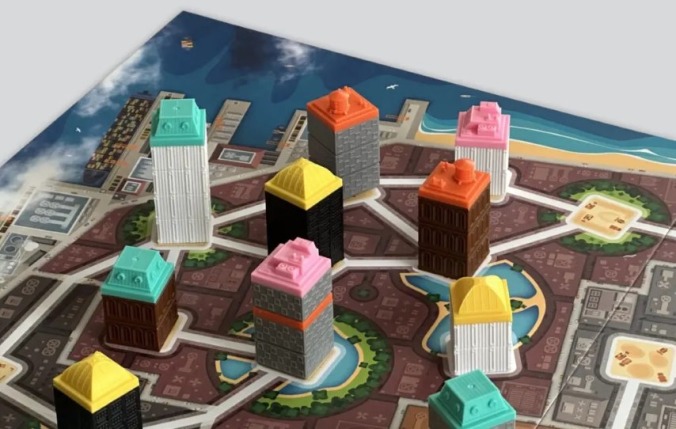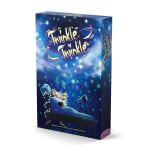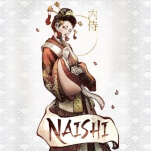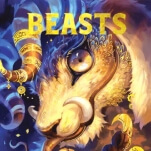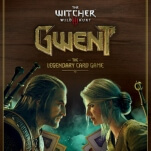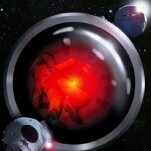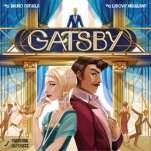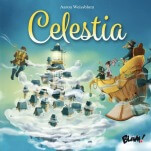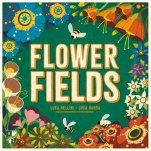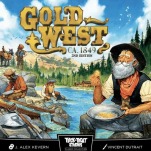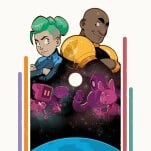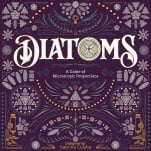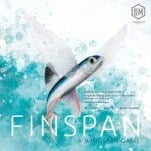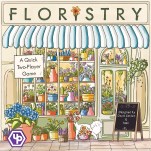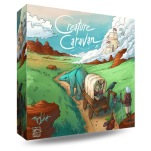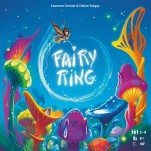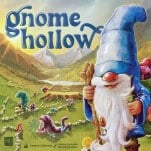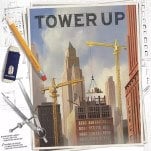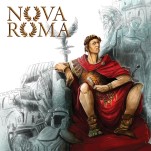Unleash Your Inner City Planner in the Terrific Board Game Tower Up
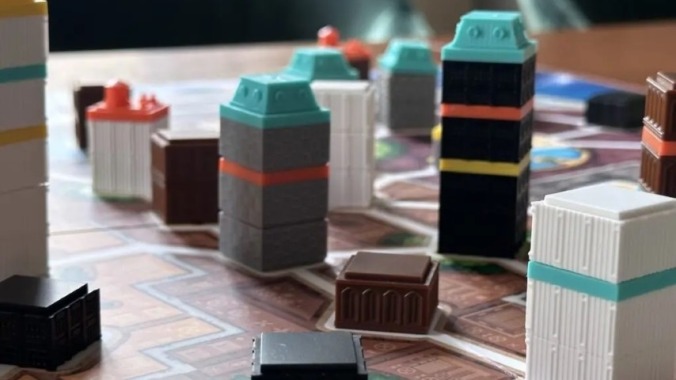
Tower Up is a city-building game, but so much simpler and more elegant than most games that take that as their theme—you’re not worried about entertainment districts and factories and pollution and you can’t type FUNDS to get more money. You’re building towers in four colors, doing so along with other players, trying to place them in a way that locks in more points for you and keeps you on top—literally.
Tower Up has a board with five districts, each with a bunch of spaces for towers that are connected by anywhere from one to five links to other spaces. Each player begins the game with one tower piece of each color, and the board is sort-of-randomly seeded with a couple of tower pieces as well. On your turn, you can either place a tower piece in an empty space, or take a card to obtain more pieces. If you place, you must do so on a space that’s adjacent to at least one existing tower, and then you must add one matching piece to every adjacent tower—oh, and you can’t have two towers of the same color on adjacent spaces. That means you’ll be placing anywhere from two to six (I think that’s the maximum) pieces on any single turn, one for the empty space and then one on every adjacent tower. Then you pick any tower on which you placed a piece in that turn, place one of your 10 roof tokens on top, and slide your matching construction vehicle up its track a number of spaces equal to the height of the tower. If you placed the fourth level on a gray tower, you move your little gray truck four spaces. When all four of your trucks pass a marked line on your board, which happens every two or three spaces, you get to take an extra turn, one of the ways in which Tower Up encourages balance throughout the game. (Roof tokens do not ‘cap’ a building; anyone can place another tower piece on a roof token, and one tower can have several roof tokens within it.)
If you take a card, you’ll get one to four tower pieces, and might get to move a truck one or two spaces. Some cards give you the choice of colors but you get fewer pieces in total, while most cards give you pieces of specific colors. That takes up your entire turn.
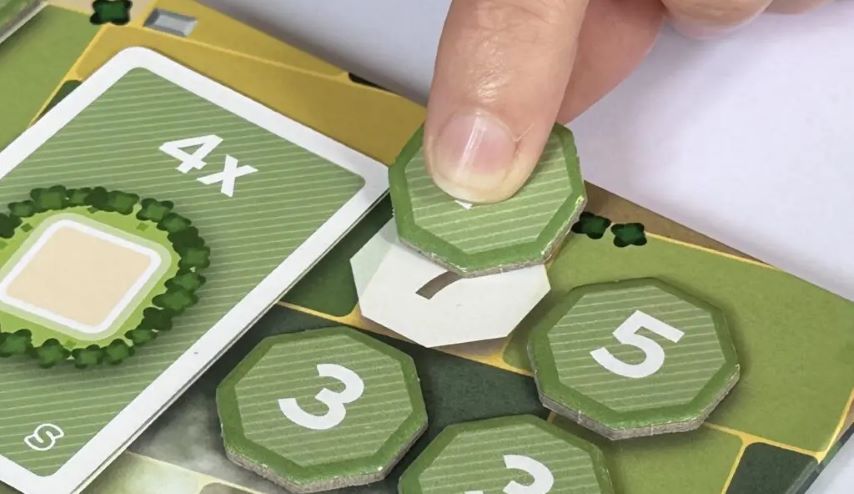
-

-

-

-

-

-

-

-

-

-

-

-

-

-

-

-

-

-

-

-

-

-

-

-

-

